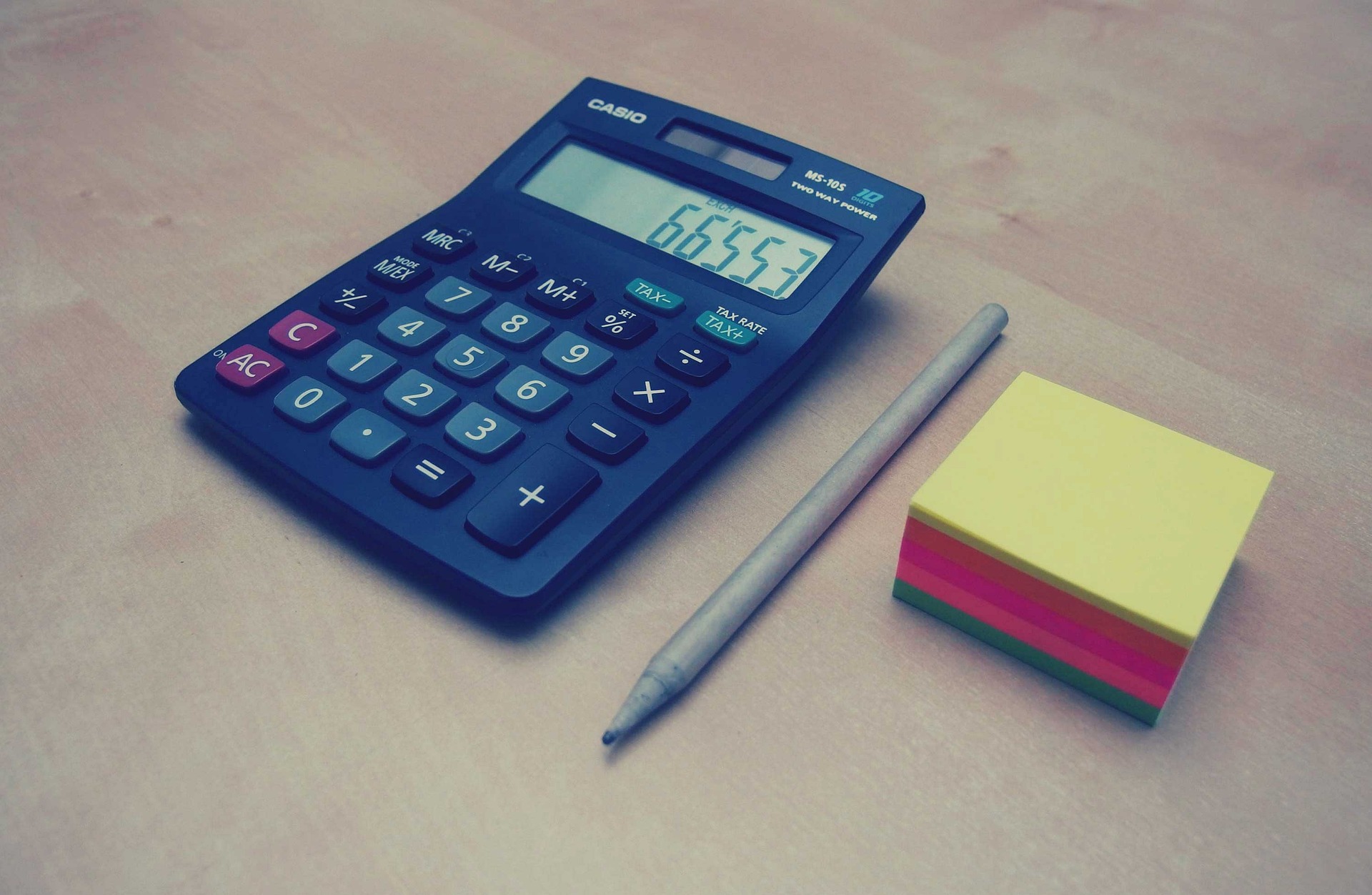Back to School Supplies Checklist and Practical Buying Guide
Starting a new school year is a chance to organize supplies so learning runs smoothly. A clear list and a few practical habits help families and students of all ages choose school supplies that match curriculum needs, personal comfort, and durability. This guide covers essential items, selection tips, and ways to balance function, budget, and sustainability.
school supplies: what to prioritize
When assembling school supplies, begin with items directly tied to classroom expectations: notebooks, folders, pens and pencils, a calculator if required, and any subject-specific materials listed by a school. Prioritize items that students will use daily—durable notebooks, reliable pens, and a planner support consistent study habits. Consider age and grade: younger children need art-safe glue and washable markers, while older students may need a scientific calculator and higher-quality writing instruments. Keep a short master list for each child and review it against the teacher’s syllabus to avoid redundant purchases.
school bag: choosing the right one
Selecting a school bag affects comfort and spine health. Look for a bag sized appropriately for the child’s torso with padded, adjustable shoulder straps and a cushioned back panel. Multiple compartments can help distribute weight—put heavier books closer to the back and lighter items in front pockets. For students carrying laptops, check for a padded sleeve that matches the device size. Materials matter: water-resistant fabrics and reinforced seams last longer, and reflective details improve visibility for walkers or cyclists. Test fit and load the bag with typical contents before buying to assess comfort.
pencil case: organization tips
A well-organized pencil case keeps frequently used stationery accessible and reduces classroom distractions. Choose a case large enough for pens, mechanical pencils, an eraser, a small ruler, and a couple of highlighters or colored pencils, depending on schoolwork. For younger students, a zippered pouch with clear panels makes contents visible; for older students, a compartmentalized case or small organizer helps separate writing tools from correction supplies. Regularly declutter the pencil case—remove dried-out pens and broken items—and restock essentials at predictable intervals to avoid last-minute runs.
stationery: essentials and material choices
Stationery covers a broad range of items beyond basic pens and paper: glue sticks, scissors, rulers, sticky notes, index cards, and highlighters. When choosing, consider longevity and multipurpose use. Ballpoint or gel pens are good everyday options; archival-quality ink might matter for students keeping long-term notes. Lined and graph notebooks should match assignment types—graph paper for math and science, ruled for language arts. For art projects, look at acid-free paper and washable paints for younger pupils. Selecting refillable items where possible—mechanical pencils, refillable pens, and binder systems—can reduce waste and often saves money over time.
education: durable choices and sustainability
Linking school supply choices to educational outcomes involves supporting habits like organization and preparedness, which in turn foster focus and time management. Durability and sustainability also play a role: selecting reusable water bottles, durable lunch containers, and long-lasting folders reduces interruptions from broken items and models responsible consumption. Look for supplies made from recycled materials or brands with repair/refill programs. Teaching students to care for their belongings—labeling items, storing supplies neatly, and reporting wear early—helps maintain resources through the school year and reinforces responsibility as part of education.
Conclusion
A thoughtful approach to back to school supplies minimizes stress and supports learning. Start from required classroom lists, then refine choices by considering durability, ergonomics, and organizational needs. Prioritize a well-fitting school bag to protect posture, keep a tidy pencil case for daily focus, and choose stationery that fits the coursework. Balancing cost, quality, and sustainability lets families invest in items that last and supports students’ developing habits for successful schooling.







